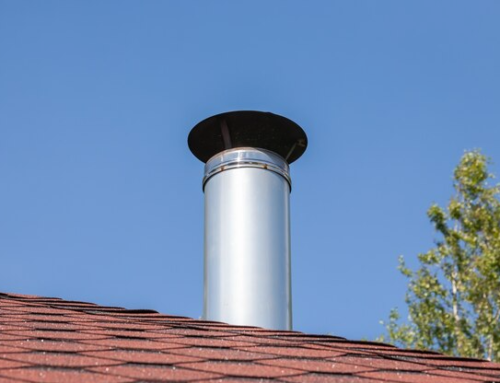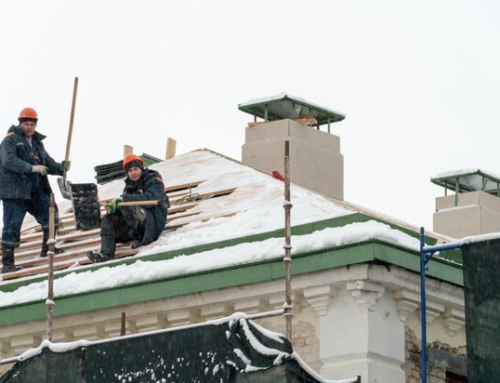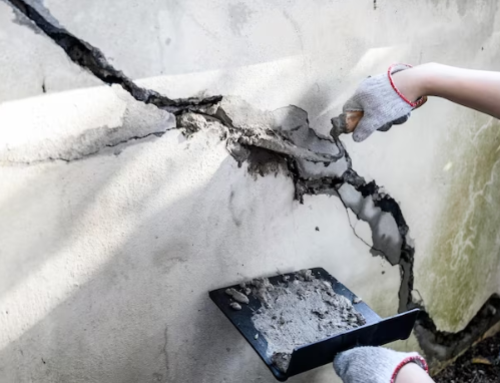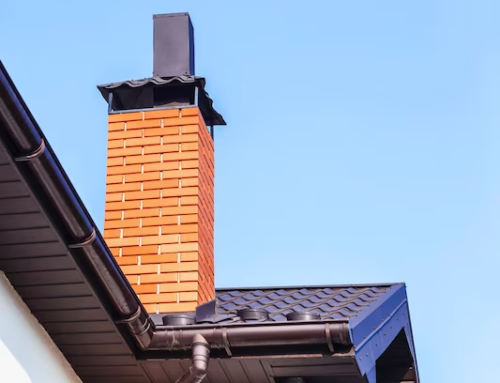While the month of April means spring season in most parts of the country, things are a little different for residents of Connecticut. With temperatures often falling below 40-degrees Fahrenheit, thousands of homeowners light their fireplace in the evenings to keep their home cozy and warm.
While all of us love the sound of a fire crackling in the fireplace, not all homeowners are aware of the harmful chemicals that could be lurking in their chimneys. Burning wood produces many particulates and chemicals.
Now, while most of these smoke-borne contaminants escape through the chimney, some stick to the interior walls of the chimney system and accumulate. The chemicals we’re talking about include hydrocarbons such as soot and creosote, nitric oxide, nitrogen dioxide, sulfur, carbon dioxide, and carbon monoxide.
Let’s examine some of the more hazardous chemicals that accumulate in chimneys and how you can get rid of them.
Carbon Monoxide
Perhaps the most dangerous byproduct of wood combustion, carbon monoxide is a colorless, odorless, and tasteless gas which can be fatal if its fumes leak into the living spaces of your home. Masonry damage, a cracked flue liner, an obstructed flue pipe, and a closed damper can all lead to ventilation problems, creating a very real risk of carbon monoxide poisoning.
Some symptoms of carbon monoxide exposure include dizziness, nausea, and headache. If you use a heating stove or a gas or wood fireplace, it’s highly recommended that you have a CO detector installed on every level of your home. And also, make sure the CO detectors are tested every month and the batteries are replaced every six months.
Creosote
Another byproduct of wood combustion, creosote is an organic compound with a high volatility. It contains phenols which are acidic compounds that are potent enough to burn the skin on contact. Creosote begins life as a powdery white substance which can be easily removed. However, if left in the chimney, it changes into a tarry, viscous, highly-flammable substance that’s very difficult to remove.
Creosote buildup in chimneys is one of the most prevalent causes of residential fires. Therefore it’s important that you schedule a professional chimney cleaning at least once every year.
CT Chimney Repair offers professional chimney repair and rebuilding services at reasonable rates all across the state of Connecticut. Get in touch with our chimney experts today for further information.







